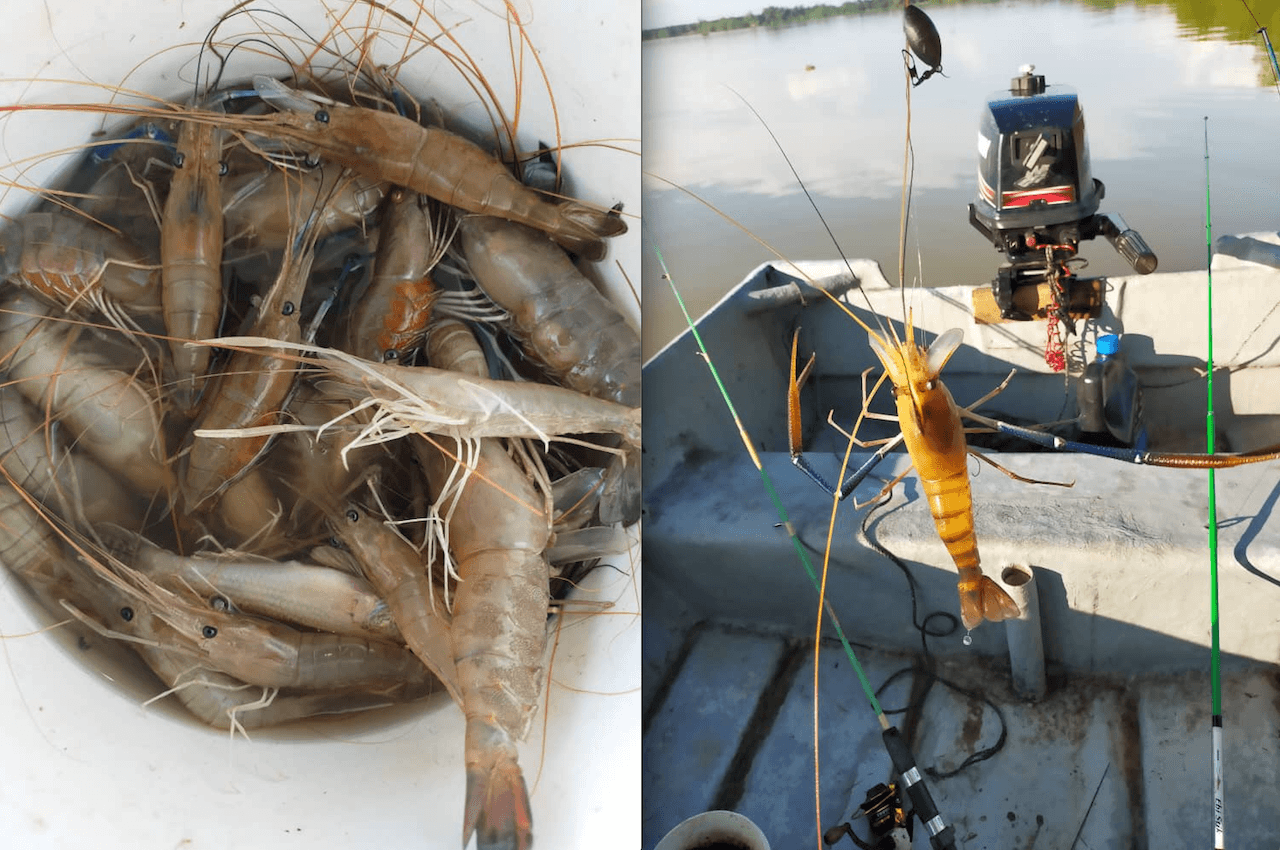With predatory catfish roaming free, Perak anglers abandon river for padi fields
But even there, they cannot escape the fish which have infiltrated the irrigation systems as well.
Fishermen in Perak struggling to deal with an invasion of predatory foreign species in the state’s main river have been forced to abandon their boats and turn to jobs on land in order to make ends meet.
MalaysiaNow previously reported the problem faced by villagers along Sungai Perak who depend on the river for their catch of local fish and freshwater prawns.
Earlier this month, hundreds of cages containing illegally farmed redtail catfish – a predatory species – were said to have been washed away near Teluk Intan. Villagers feared then that this meant hordes of redtail catfish were now roaming free in the river and its tributaries.
Today, their fears appear to have come true as more and more of the catfish are being discovered in smaller streams and creeks.
And with the increase in catfish has come a drop in the local species they usually catch.
Mohd Nazim Samsudin, who spoke to MalaysiaNow about the problem early this month, said the past few weeks had been discouraging.
“These fish gobble up the smaller fish and the giant freshwater prawns which we catch and sell to villagers and restaurants.
Fishermen cannot even catch enough to cover the cost of diesel for their boats.
“Now, we can hardly get 300g of catch,” he said.
There have even been sightings of redtail catfish as far as Kota Setia, near Bagan Datuk.
Sungai Perak is known for its freshwater prawns which attract fishing enthusiasts from across the country. Many seafood restaurants and food stalls in Teluk Intan as well as other areas in the vicinity feature the crustaceans in their signature dishes.
But now, fewer and fewer appear to be left.
Now, fishermen cannot even catch enough to cover the cost of diesel for their boats.
“I went to the river four or five times afterwards,” Nazim said. “Each time, I could not get as much as I usually do. Only the redtail took the bait.”
These days, Nazim no longer bothers going down to the river, neither do his friends.
“Before this, I alternated between going to the river and tending to my padi field,” he told MalaysiaNow. “Now, I focus entirely on the field.”
But it will be six months before he can harvest a crop. In the meantime, he earns a living doing odd jobs at other people’s padi fields.
Fellow fisherman Hairil Shari reached the point where he could not even catch 10 prawns per trip.
“We still have demand, but the supply has been shrinking for a few weeks now.”
“Aside from our catch, we also rented our sampans every weekend to anglers. I could get RM2,000 each month from catching lobsters and renting out my boat,” he said.
Now, he is lucky to make RM1,000 a month.
The problem for them is made worse by the fact that it is currently Ramadan month, a time when demand for lobster normally increases.
“We still have demand, but the supply has been shrinking for a few weeks now,” Hairil said. He, too, has resorted to doing odd jobs at padi fields.
But even in the fields, they cannot escape the redtail catfish as the fish have also infiltrated the irrigation systems.
Muhammad Fariz Fiza Muhammad Saufi, who runs a restaurant in Teluk Intan specialising in prawn dishes, said supply is still stable for the moment.
He said this might be because the catfish are currently concentrating on smaller fish and lobsters. But he agreed with the fishermen that the supply of prawns would suffer if the situation is not addressed.
“Demand for Teluk Intan prawns has been increasing every year,” he said. “In the future, we fear that the supply may not meet the demand, and that will cause a hike in price of prawns.”
Subscribe to our newsletter
To be updated with all the latest news and analyses daily.
